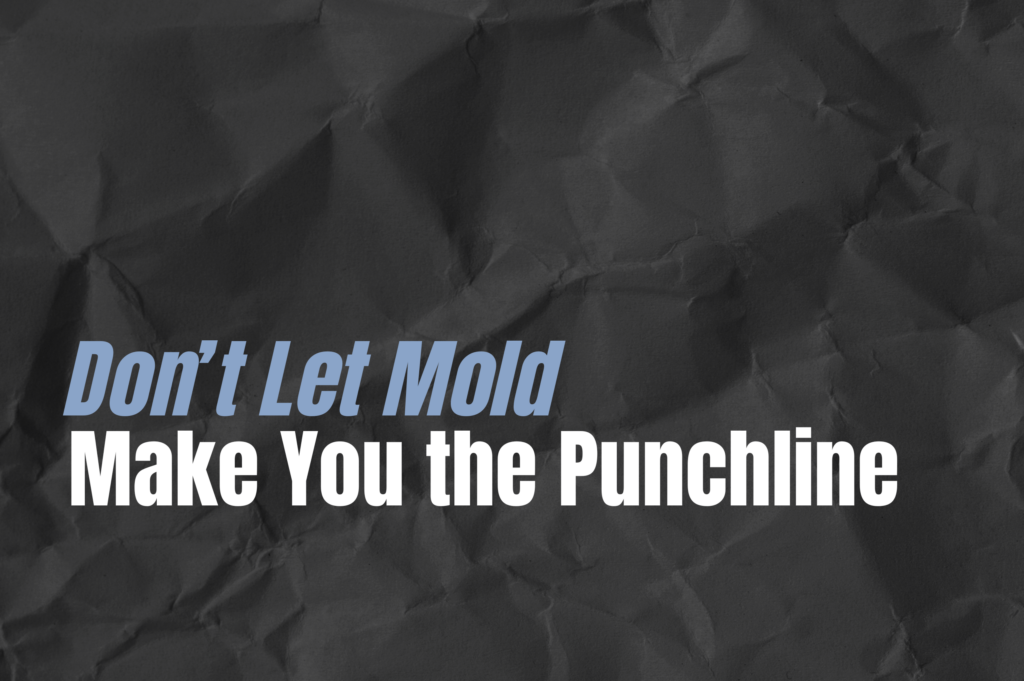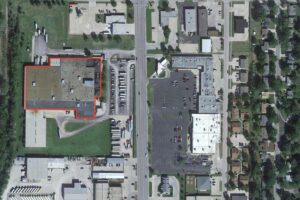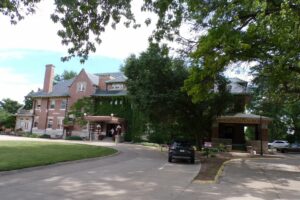Don’t Underestimate the Storm: Why Your Property Needs a Damage Assessment
The “It Wasn’t That Bad” Trap
It’s a common reaction: “The storm wasn’t that bad; I don’t think I’ll have much damage.” Many property owners, after experiencing what seems like a minor storm, tend to dismiss the need for a damage assessment. However, this mindset can lead to more significant issues down the line. Ignoring potential damage can turn minor problems into costly repairs. Here’s why you should always consider a professional damage assessment, even if the storm didn’t seem severe.
The Hidden Dangers of “Minor” Storms
Not all storm damage is immediately visible. While your property might look unscathed, hidden damage can lurk beneath the surface. Small leaks can develop into significant water damage, minor cracks can expand, and what seems like a tiny dent can compromise the structural integrity of your roof.
Water Damage: The Silent Destroyer
Water damage is one of the most insidious issues that can stem from a storm. A tiny leak might not seem like a big deal, but over time, it can lead to mold growth, rot, and severe structural damage. According to the Insurance Information Institute, water damage claims are among the most common and costly types of property owner insurance claims.
Structural Compromise
Even a seemingly insignificant storm can weaken your property’s structural integrity. Minor damage to your roof, windows, or foundation can worsen over time, especially with repeated exposure to the elements. It’s essential to address these issues early to prevent more severe damage and higher repair costs.
The Importance of a Professional Damage Assessment
A professional public adjuster has the expertise to identify a multitude of types of damage, potentially even hidden damage. A public adjuster can obtain a comprehensive assessment of your property’s condition, thereby helping you file a more accurate and timely insurance claim. This proactive approach can save you time, money, and stress in the long run. To learn more about what happens during a damage assessment, watch our full video: What is a Damage Assessment?
Expertise and Experience: Why DIY Isn’t Enough
While it may be tempting to assess the damage yourself, even the most vigilant property owners can overlook critical issues. Public adjusters and professional inspectors bring years of experience to the table, spotting damage that may not be apparent to the untrained eye. They know what to look for, from the most minor signs of water intrusion to subtle structural shifts that could indicate a larger problem.
Move Forward with Confidence
Opting for a professional damage assessment after any storm, no matter how minor it seems, provides peace of mind. You’ll have a better understanding of your property’s condition, and if there is damage, you’ll be able to address it promptly before it escalates. This proactive step can also simplify the insurance claim process, helping to ensure that you receive the coverage you’re entitled to without any surprises down the line.
The Cost of Complacency
Skipping a damage assessment might save you time and money in the short term, but the long-term costs can be significant. By the time damage becomes apparent, repairs are likely to be much more expensive. Additionally, delayed claims can lead to disputes with your insurance carrier, potentially reducing the payout or extending the claims process.
Don’t Gamble with Your Property
In the aftermath of a storm, your property’s well-being isn’t something to gamble with. The risks of hidden damage far outweigh the perceived inconvenience or cost of a professional assessment. Protect your investment, and make sure that even the “minor” storms don’t lead to major headaches.
Schedule Your Damage Assessment Today
Don’t wait for the damage to become a significant problem— or for it to be too late. Whether it’s a minor storm or a major one, your property deserves the best care possible.
Schedule a professional damage assessment today!
"*" indicates required fields



